How to Tackle Outlook E-Mail Formatting Issues
Have you seen these notices at the top of email messages you’ve received lately?
|
“If the following email is not displayed properly, view it online here.” “Message jumbled? Click here to view it in a web browser.” “If you’re having trouble viewing this email, you may see it online.” |
There’s a good reason why these messages are showing up more frequently. Some email programs don’t display HTML-formatted email properly. One of the worst offenders is Microsoft Outlook. Since Outlook is widely used, email marketers are adding these messages to provide an alternate means for viewing the bulletins via a web browser. (We recently added this feature to WebSuite2™ E-Bulletins as well.)
Why is Outlook so Different?
There are universal standards for formatting HTML messages. But Microsoft Outlook and a few other email clients only abide by a subset of those standards. As a result, email messages viewed in Outlook may not appear as originally designed.
Most email software renders HTML messages by using the same underlying software as an Internet browser. But Outlook is different. Instead of using an Internet browser (e.g. Internet Explorer) Microsoft chose to use their Word rendering engine which rarely matches what you would see properly formatted in a web browser.
Why is there a BIG white space in my message?
Since Outlook renders your e-bulletin similar to a Microsoft Word document, it may insert large white spaces where it thinks a page break should exist. If your bulletin has a background, the background may be dissected by this white space, cutting your bulletin into two or more ‘pages’.
What Can I Do?
There are a couple of work-arounds for this issue. One is to make your bulletin message shorter. Another option is to consider a minor e-bulletin layout redesign, such that no single area exceeds the length of one page. Contact us for redesign assistance.
The More You Say, the Less People Hear.
Thank you for reading this far in my message! The typical person skims the subject line of the email and, if it grabs their interest, they may also skim the headlines within the email. If a headline grabs their interest, they may click to read more about the topic.
Keep this in mind when building your e-bulletins. Big publishers, like the New York Times and Wall Street Journal, even ASAE, push out headline-only e-bulletins. You should too if you have many stories to offer to your readers.
Use e-bulletins to drive traffic to your website,
not as a means for distributing your website content.
By keeping the message shorter and leading readers to your website, you'll also have more accurate tracking of how many people are hitting/reading your stories too.
Best of all, by creating headline-only bulletins, your bulletins will be shorter and are less likely to be chopped into multiple pieces by Microsoft Outlook.





